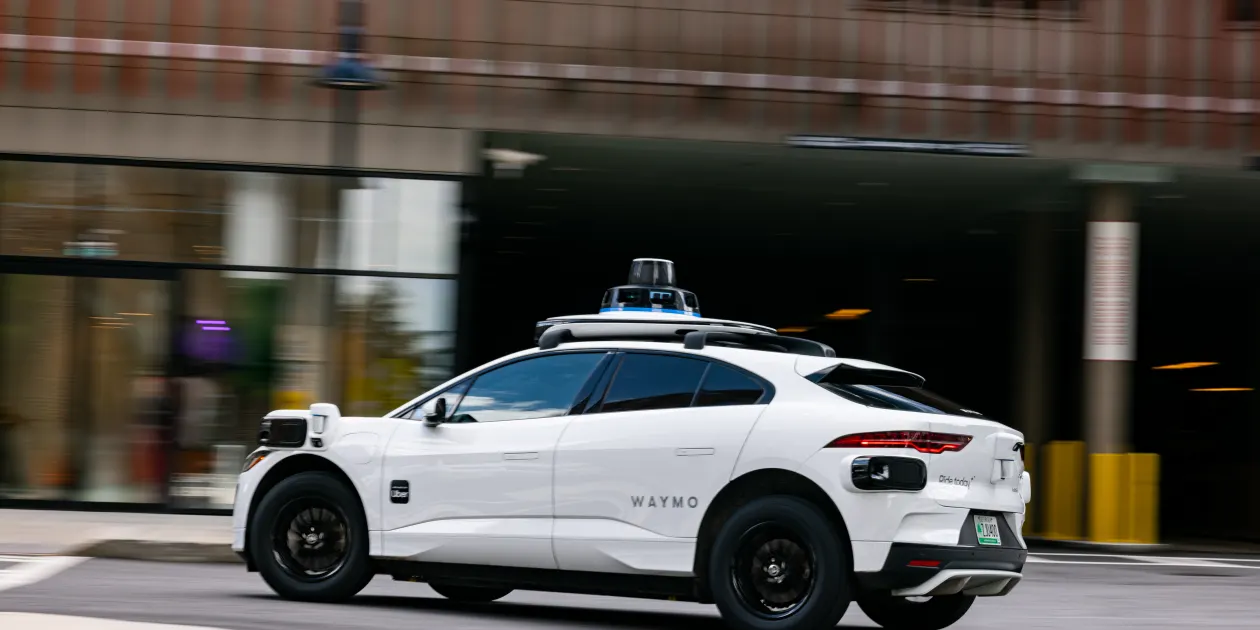Uber and Waymo Launch Robotaxi Service for Passengers in Atlanta
By Edwin V. Christopher

In a major step forward for the future of urban transportation, Uber and Waymo have officially launched their robotaxi service in Atlanta, bringing autonomous rides to passengers in one of America’s busiest metropolitan areas. The rollout is part of the companies’ broader push to make self-driving vehicles a mainstream mobility option in U.S. cities. Passengers in designated areas of Atlanta can now hail Waymo’s fully autonomous vehicles directly through the Uber app, marking a significant evolution in the companies’ strategic partnership. This is the latest milestone in Uber’s collaboration with Waymo, the self-driving technology subsidiary of Alphabet Inc., which began offering rides in Phoenix, Arizona in 2023. The Atlanta launch will initially operate in select service zones, primarily focused in Midtown and Downtown, where mapping data and street conditions have been optimized for autonomous navigation. The vehicles — all-electric Jaguar I-PACE SUVs equipped with Waymo’s advanced driverless technology — will operate without a human safety driver behind the wheel. Uber and Waymo describe the launch as “early access,” meaning not all riders will see the robotaxi option immediately, but availability will gradually expand in the coming months as the fleet and mapped areas grow. Those who do have access will see the option to select a Waymo vehicle when requesting a ride through the Uber app, just like they would with a human driver. “This is an exciting expansion of our mission to make autonomy available to more people in more cities,” said Tekedra Mawakana, co-CEO of Waymo. “Atlanta presents a dense, dynamic environment that allows our technology to prove its capability in real-world conditions.” For Uber, the partnership aligns with its vision of a multi-modal mobility platform that blends human-driven and autonomous services. “We want to offer more choices to riders and build the safest, most reliable transportation ecosystem possible,” said Noah Zych, Uber’s global head of autonomous mobility. The move comes at a time when autonomous vehicle (AV) technology is accelerating in both technical maturity and regulatory acceptance. Waymo’s vehicles have already logged millions of fully driverless miles in Arizona and California, and now Georgia joins the growing list of states that allow AVs to operate without a driver onboard. However, Uber and Waymo are treading carefully. While robotaxis are becoming more common in select areas, regulatory frameworks and public trust remain key hurdles. Atlanta’s rollout comes after months of local engagement, mapping, and safety validation. Both companies stress that safety remains the top priority, and that every trip is closely monitored by remote teams and backed by multiple layers of system redundancy. Early passenger feedback in previous Waymo markets has been largely positive, with many users praising the smoothness, comfort, and reliability of rides. However, incidents in other autonomous programs — such as recent suspensions faced by Cruise in San Francisco — have raised questions about readiness and oversight. Uber and Waymo are positioning their rollout as measured and transparent, with emphasis on gradual scale and community education. From a business perspective, the Atlanta launch is another step in Uber’s long-term automation strategy, which seeks to eventually reduce costs and increase margins by integrating autonomous vehicles into its ride-hailing network. For Waymo, the collaboration offers scale and visibility, leveraging Uber’s massive user base while testing its fleet in varied urban environments. The companies did not disclose how many vehicles are currently operating in Atlanta or what the timeline is for full public availability. But industry observers believe the launch signals confidence in the stability and scalability of Waymo’s technology — especially in a city known for traffic complexity, variable weather, and infrastructure diversity. The collaboration also positions Atlanta as a potential autonomous vehicle innovation hub, joining the ranks of Phoenix, San Francisco, and Los Angeles in embracing cutting-edge mobility solutions. City officials have largely welcomed the launch, framing it as an opportunity to reduce congestion, improve safety, and support green transportation goals. Environmental advocates note that Waymo’s use of all-electric vehicles supports Atlanta’s climate action targets, while accessibility advocates are monitoring whether the rollout includes features for passengers with disabilities — a key challenge facing autonomous fleet developers. As the pilot program expands, Uber and Waymo say they will gather rider feedback and operational data to refine their approach, expand coverage areas, and possibly integrate additional AV options in the future. Waymo also continues to operate its own app-based ride-hailing platform, Waymo One, but sees Uber as a way to broaden access and mainstream adoption. For now, the sight of a car navigating Atlanta’s busy intersections without a driver may still feel surreal to many residents. But as Waymo and Uber continue to roll out robotaxi services city by city, the once-distant promise of fully autonomous urban mobility is rapidly becoming a reality. Whether this vision scales nationwide remains to be seen, but one thing is clear: the era of robotaxis has officially arrived in Atlanta.